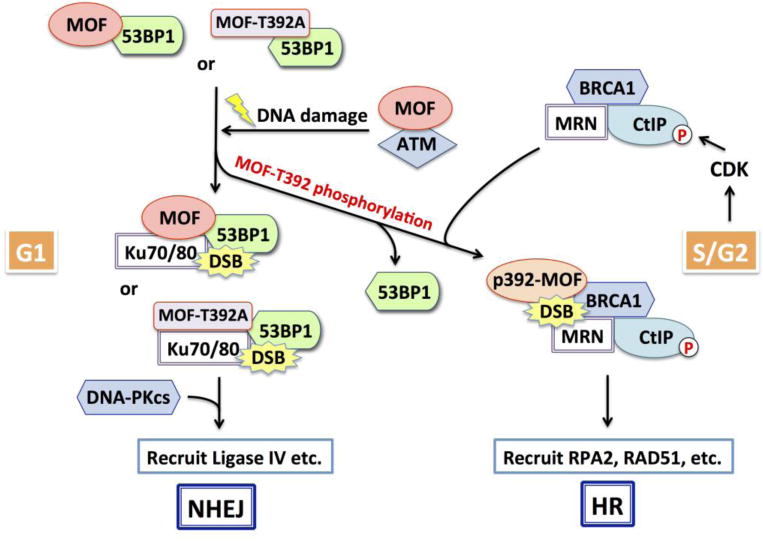Figure 1. Role of MOF phosphorylation in regulating DSB repair pathway choice.

Cell-cycle phase is a critical determinant of the choice between DNA double strand break (DSB) repair by nonhomologous end-joining (NHEJ) or homologous recombination (HR). DSBs induce ATM-dependent MOF phosphorylation at T392. MOF-pT392 allows release of 53BP1 from DSB sites recruiting BRCA1 complex to initiate repair by HR. Unphosphorylated MOF or phosphorylation-deficient mutant MOF (MOF-T392A) impedes DNA repair by HR in S and G2 phases by blocking the release of DSB-associated 53BP1, resulting in enhanced 53BP1 retention and reduced BRCA1 association. In sum, ATM-mediated MOF-T392 phosphorylation modulates 53BP1 function to facilitate the subsequent recruitment of HR repair proteins thereby regulating DSB repair pathway choice during S and G2 phases.
